Last year I found the most amazing book. Books, really. I am almost certain it as a Twitter find–since that’s where most of my teaching gems come from–but regardless, I ran out to get it and it became the basis for the conversations in our classroom during our history unit.
Here’s the main one, written by Charles R. Smith, Jr. :

It goes through all the days of February and gives a little story about an important figure in African-American history, working forward from the 1700s to today. The synopses are short, interesting and my favorite part is that they are not just the “big” ones taht you are used to reading about. There are women and men, as well as children, and often the moment that changed history wasn’t even a person, but a court case or event. We read through this book last year during our history unit–where our focus was on people who change the world–and loved it, as well as learned a lot we didn’t know. OH, and I didn’t tell you anything about it. Since I have this thing–well used to–where I wait until the end of a unit/project/story to tell about it. And then don’t actually do it. So here’s to telling you this time around. 🙂
Oh, just a quick mention of some other FABULOUS books I found at this same time: the I Am series by Brad Meltzer. They are along the same vein as the 28 Days book, and are little biographies about important people (not just African-Americans, though). The illustrations are SUPER cool, and make it a really interesting narrative non-fiction text to share together. The voice of the famous person comes through and kids are hooked from the first page. We’ve read almost all of them (I just got Lucille Ball and haven’t had a chance to share that one yet!):

Somehow I only took a picture of a few of them. 😦 We also have Amelia Earhart, Abraham Lincoln, Albert Einstein, Helen Keller and Lucille Ball. They are pretty great!
This year as we got ready to start February, I knew I wanted to incorporate this book again, but obviously in a different way than we had done it previously. I was really glad that my kids were as excited as me to reread the stories again, and it’s been great to see how they anticipate who will be highlighted each day. We really enjoy this time of our day, and I can really tell that they are learning about the people/events and their impact on our world, as they make connections between them and other things we talk about in the course of our day. This book is more than just a book for the friends in Rm. 202.
One thing I wanted to be able to do to deepen our understanding (or at least solidify our memory) was to do some writing about each day’s text. We had been doing some work with non-fiction, as well as main idea/details, so I figured it would make sense to write a summary paragraph to tell others about what we were learning (we had decided we’d hang them on our bulletin board outside our room).
We have been using the 4-Square organizer to make sure we have all of our thoughts (in read aloud, during Social Studies, in Writers’ Workshop as we write opinions about things), and so we decided they would make sense for this, as well. And ultimately, I want kiddos to learn how to use the organizer to meet their needs, not just to use it when I say to, or to see it as being just for one time or place. We wrote the first few together, discussing our topic sentence and then adding in details to explain the text for the day, like this:
 After we got our thinking down on the planner, someone would “publish” it and we’d hang it outside on our board.
After we got our thinking down on the planner, someone would “publish” it and we’d hang it outside on our board.
Last week, we had a short week with a weird schedule, which made for a little bit of a problem. We didn’t get to finish our text for Feb. 11, then we weren’t in school for February 12-15 (that’s 4 days) and so when we returned on February 16, we had 7 pages to work on!! There was NO WAY that we would have been able to sit and do all that work together as a whole group (can you say behavior problems?!), so we needed a new plan.
Well…it worked out SUPER well that we just happened to have 7 groups already in place for our culture study. Each group was in charge of planning and then writing one of the paragraphs after we all read them together. Great plan, huh?? We thought so. 🙂
Kiddos knew what to do, since we’d been using the planner already, and I was really impressed with how well they have been able to add appropriate, relevant details to the topic sentences (which I had given them already in their planner).
While I have a REALLY WONKY panoramic picture of it (the end of our bulletin board is inconveniently up a flight of stairs 😦 ), I’m really excited about how it all looks out there, and I love that there are things for us to share with our Robinson neighbors!

We still have another week or so before we’re finished with the book again, but I’ve got other plans for continuing our study far beyond the end of February. I have been doing some behind-the-scenes work with our librarian and some other teachers to find even more recent stories of Robinson personalities, or other Kirkwood figures that these friends might know. I think it is essential to teach kiddos that change-makers are not just old people, in black-and-white pictures who have been dead forever. Important figures in their lives are not just from long ago and far away, nor are they just “famous” people they read about in books. I want them to see versions of themselves in the smart, successful people I teach them about; I want them to see the possibilities for their own futures. I’m excited to finish the plan I have for this next step. And yes, I’ll be sure to share!
**UPDATE: GREAT story that happened today as we were reading about Thurgood Marshall for Day 22….I was talking about how he was a Supreme Court Justice and how often that means that a judge has been an important lawyer. I explained how the Justices are appointed by the President, which is a BIG DEAL, and how Thurgood Marshall had been part of a big deal court case that we knew about. “Do you mean Plessy vs. Ferguson?” WHAA?? Love that they could throw that one out there. “Nope, not that one.” “Are you talking about the 14th Amendment?” “No, not that one, either.” “Oh, I know!! Brown vs. the Board of Education!” Um, yeah–that one. 🙂 Isn’t it pretty great that 2nd graders can whip out those names like that? I think so. Way to go, Rm. 202 friends! Love that you’re soaking it in, and making connections, and more importantly I think you’ll make CHANGES with that knowledge someday.**













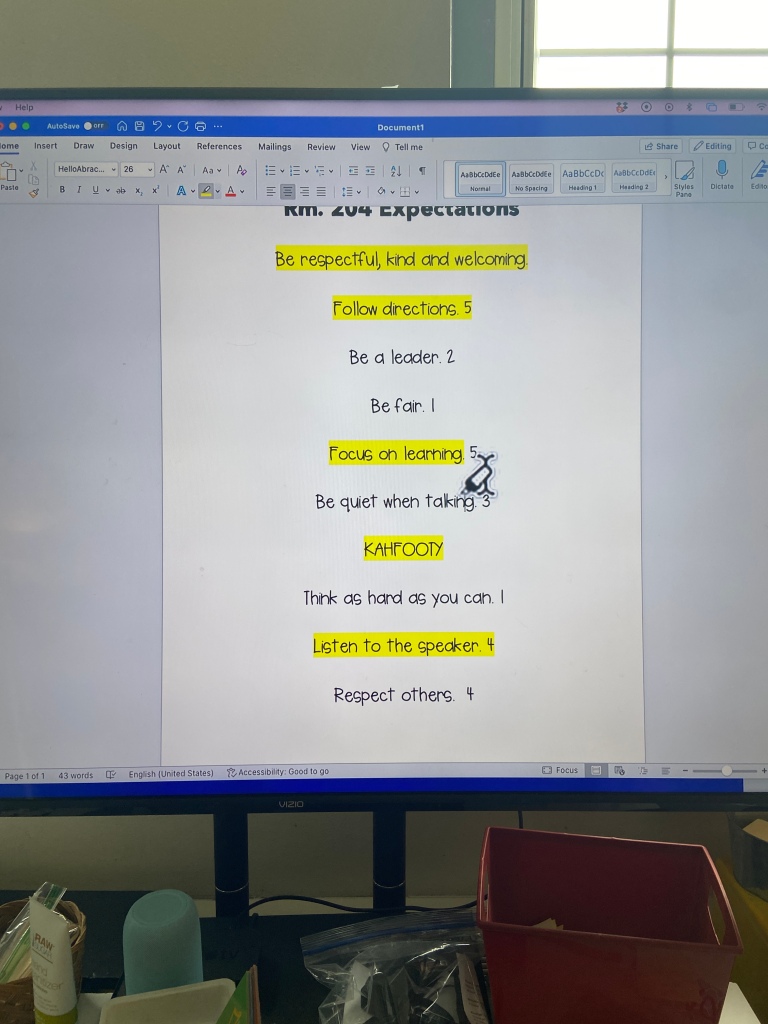




























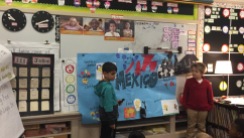









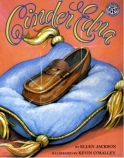

















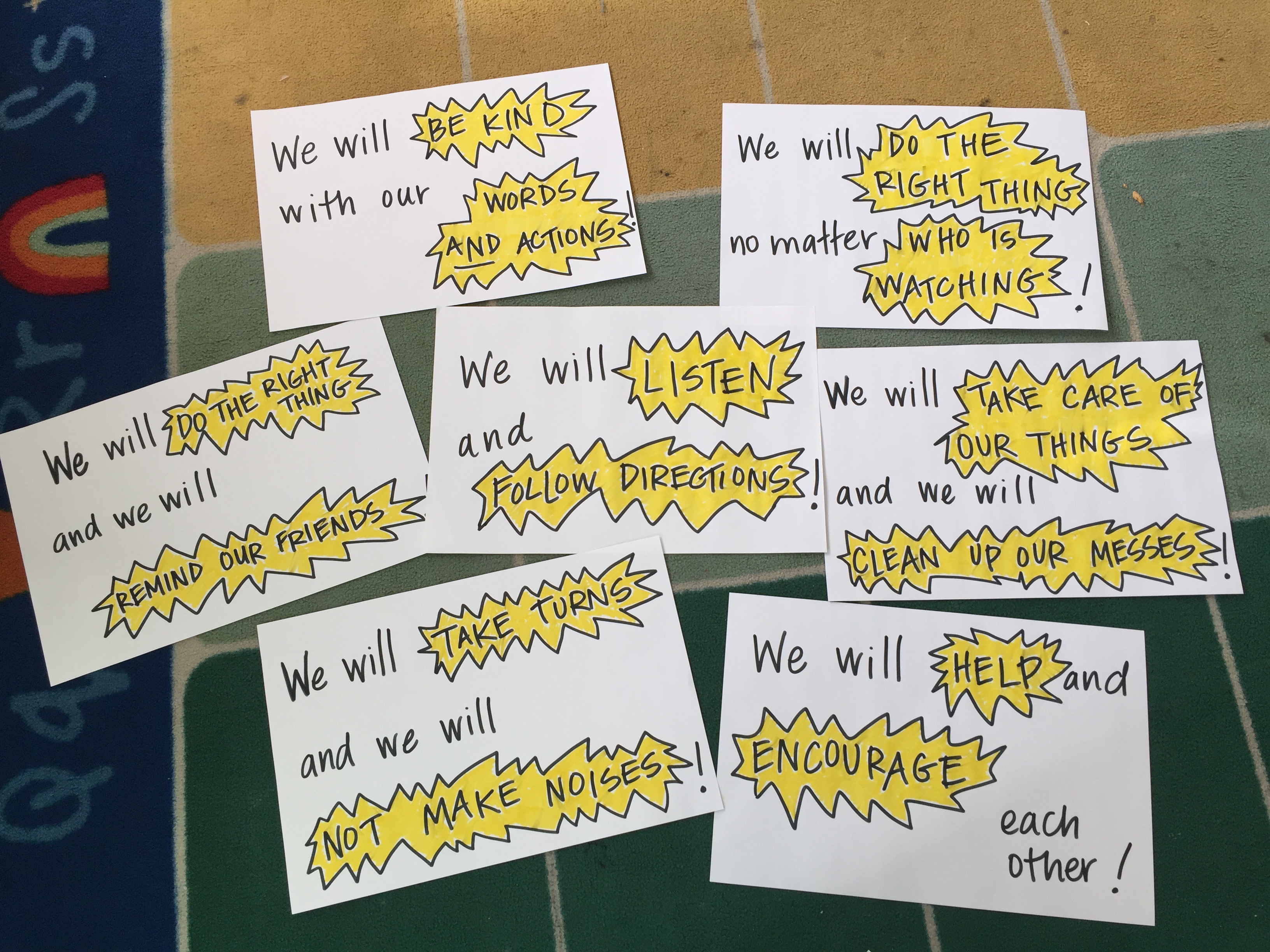 Don’t they kind of look like super hero words? Like POW! BANG! SPLAT! I’m trying to decide if we should have kiddos illustrate them before we hang them…what do you think? Just not sure if will help or just hinder the message. I LOVE LOVE LOVE the yellow parts as they highlight the important parts of each statement.
Don’t they kind of look like super hero words? Like POW! BANG! SPLAT! I’m trying to decide if we should have kiddos illustrate them before we hang them…what do you think? Just not sure if will help or just hinder the message. I LOVE LOVE LOVE the yellow parts as they highlight the important parts of each statement.




















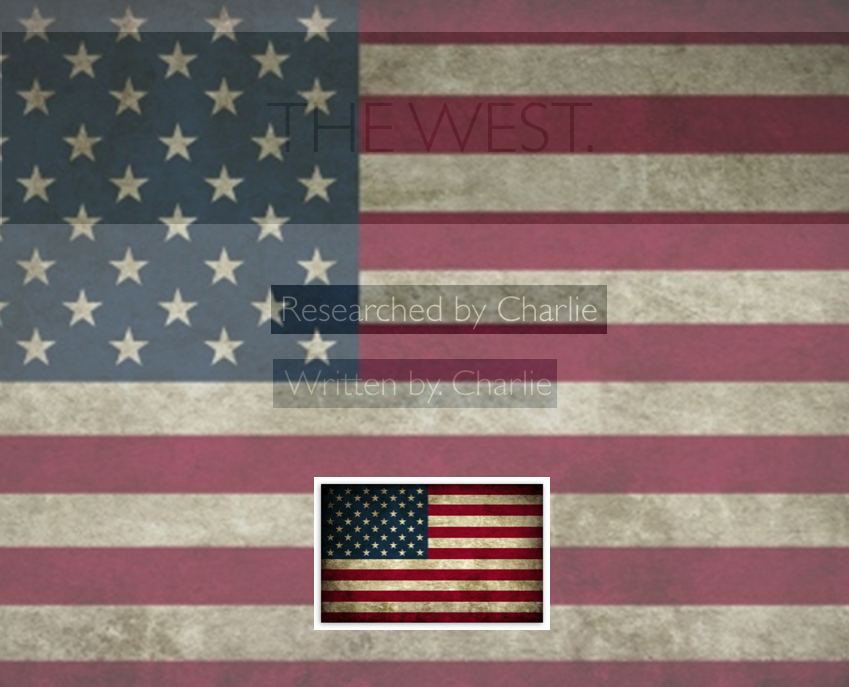
























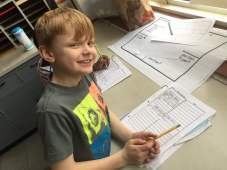
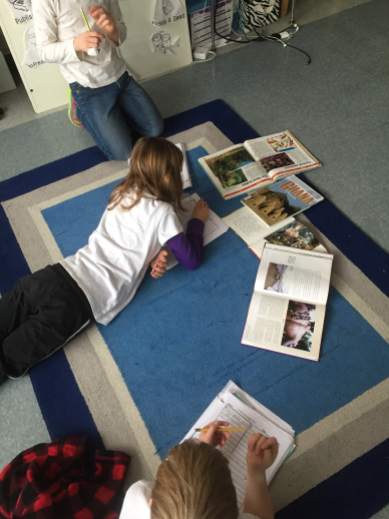






















 Australian Culture Book
Australian Culture Book

 After we got our thinking down on the planner, someone would “publish” it and we’d hang it outside on our board.
After we got our thinking down on the planner, someone would “publish” it and we’d hang it outside on our board.

















